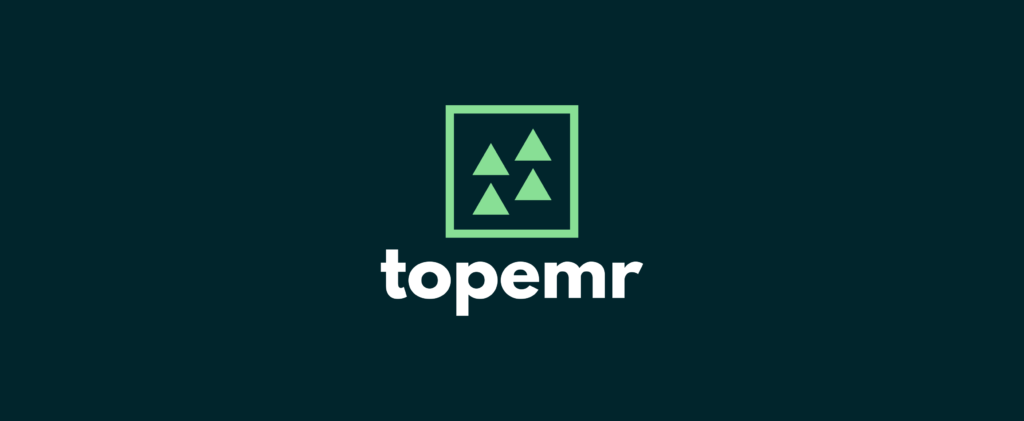The Scaling Dilemma in Dubai
Dubai’s healthcare landscape is evolving rapidly. With the emirate’s population growth, rising prevalence of chronic kidney disease, and government-backed initiatives like NABIDH integration and MOH compliance mandates, the demand for dialysis units is steadily increasing.
For clinic owners, the opportunity is obvious: expand capacity by opening second or third units. But the execution is where most falter. Expansion often multiplies:
- Data fragmentation (patients split across sites, duplicate records)
- Workflow drift (protocol variation between staff and units)
- Inventory blind spots (stockouts in one unit, wastage in another)
- Compliance exposure (audits catching inconsistent documentation)
Scaling in Dubai isn’t just about more chairs—it’s about replicating safe, compliant, and efficient systems across locations.
1. Map and Audit Before You Multiply
The first step in expansion is brutally simple: document your current workflows. Most dialysis clinics in Dubai run on partial digitization—some tasks on Excel, others on paper, a few through EMR add-ons.
Clinicea’s workflow auditing tool exposes inefficiencies before replication. For example, informal handoffs (verbal communication about machine disinfection or anticoagulant checks) that aren’t documented become points of failure when scaled. Identifying and digitizing them ensures replication without chaos.
2. Standardize Clinical Protocols Across Units
Variation in dialysis is risk. A nurse in Unit 1 may log vitals every 30 minutes, while Unit 2 does it every 45. One unit may double-check vascular access at intake, another may skip it during busy hours.
Clinicea enforces protocol consistency with:
- Digital checklists for access management and heparin dosing
- Automated eGFR calculation + CKD staging integrated with labs
- Flowsheets embedded into every patient session
With NABIDH integration, these records remain MOH-compliant and instantly auditable across units. The result: safer care, lower complications, and smoother inspections.
3. Scheduling That Mirrors Capacity, Not Guesswork
Scaling doubles scheduling complexity. Without automation, overbookings, missed reminders, and bottlenecks become inevitable.
Clinicea’s capacity-linked scheduling ties appointment slots directly to available machines, chairs, and staff rosters across multiple units. Add SMS reminders via CallBox and automated no-show rescheduling, and you’ve eliminated the two biggest patient frustrations in Dubai clinics: long wait times and last-minute cancellations.
For example, a 3-unit Dubai clinic using Clinicea cut patient wait times by 45%, without adding staff.
4. Inventory Control That Scales with You
Inventory is often the silent killer in expansion. Two units mean double consumables, but without centralization, clinics suffer both stockouts (delays in treatment) and wastage (expired items).
Clinicea’s barcode-enabled inventory module provides:
- Real-time stock visibility across all Dubai sites
- Auto-deduction of consumables during billing (zero revenue leakage)
- Expiry alerts + batch tracking
- Cross-unit transfers to balance supply
This eliminates the frantic phone calls (“Can you send saline from Unit 1 to Unit 2?”) and ensures uninterrupted treatments.
5. Financials and Billing: One Framework, Many Sites
Scaling introduces billing risk. Two sites with slightly different coding practices can lead to audit flags, delayed reimbursements, or denied insurance claims.
Clinicea solves this with:
- Uniform ICD-10, HCPCS, and RxNorm codes embedded into billing templates
- Standardized package billing across sites
- Automated linkage of inventory to session-level billing
For Dubai clinics reliant on insurers, this consistency shortens cash cycles and improves audit confidence.
6. Governance and Audit-Readiness by Default
With MOH audits, the question isn’t if but when. Clinics that scramble to collect consent forms, session logs, and water quality reports just days before inspections inevitably face penalties.
Clinicea bakes audit readiness into daily operations:
- Auto-prompted consent capture at every session
- Session logs tied to machine + chair usage
- Water quality & infection control checklists stored digitally
- One-click export of patient records, labs, and billing data for auditors
Instead of reactive panic, clinics maintain a constant state of compliance—critical in Dubai’s regulatory environment.
7. Scale With Data, Not Guesswork
When you operate multiple dialysis units, instinct no longer suffices. You need data-driven oversight.
Clinicea centralizes KPIs across all sites:
- Chair utilization
- No-show rates
- Session turnaround times
- Inventory variance
- AR aging and reimbursement delays
With dashboards, leadership can identify anomalies instantly—whether it’s one site underutilizing chairs or another running higher infection-control risks.
Case in Point: Clinics Scaling with Clinicea
Dialysis groups like The Hans Foundation, Kidney Solutions, and the African Healthcare Network are already using Clinicea to expand without chaos. In Dubai, clinics applying these principles see:
- 10–15% reduction in inventory costs
- 100% accuracy in consumable billing
- Faster MOH audit clearance
- Up to 15% increase in throughput without new hires
These aren’t marginal gains—they’re competitive advantages in a saturated healthcare market.
The Dubai Imperative: Duplicate Units, Not Chaos
Dubai’s dialysis providers sit at a turning point. Demand is rising, but so is scrutiny. Expansion can either amplify problems—or systematize success.
Clinicea gives founders and administrators a single digital backbone:
- Replicable workflows
- Unified patient records
- Centralized inventory and billing
- Audit-ready compliance
- Real-time analytics
Scaling isn’t about adding chairs—it’s about engineering discipline into every session, every unit, every shift.
Attached LinkedIn Article:
How to Open a Second Dialysis Unit Without Duplicating Your Headaches – https://lnkd.in/gppAsqgW


Leave a Reply